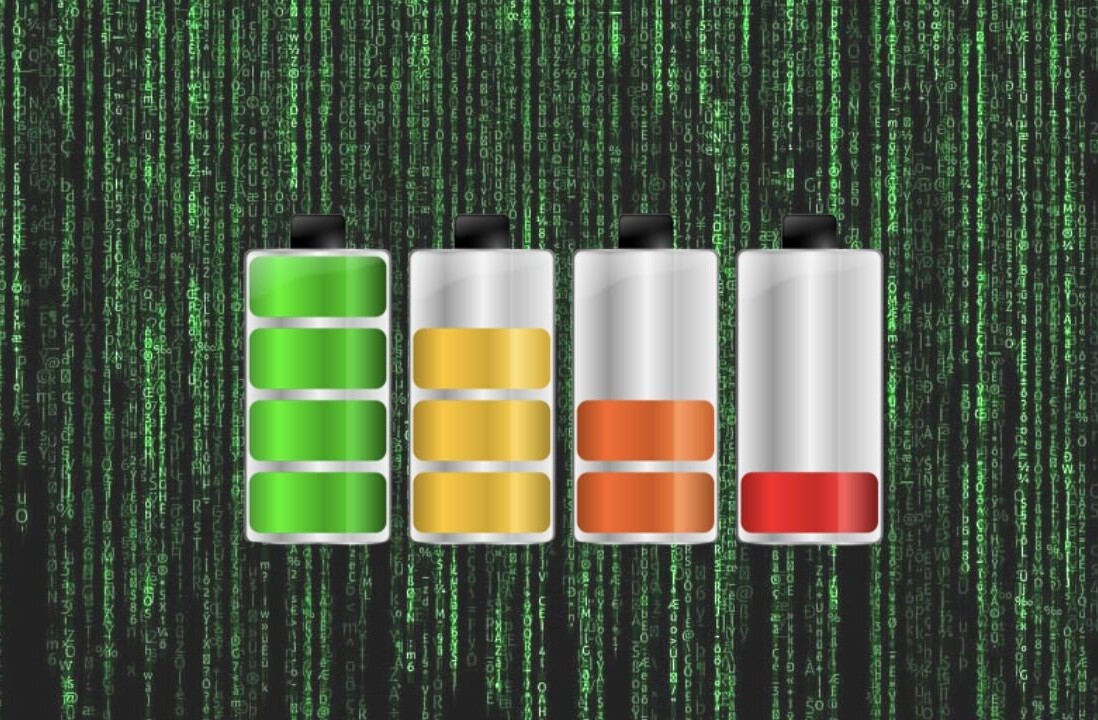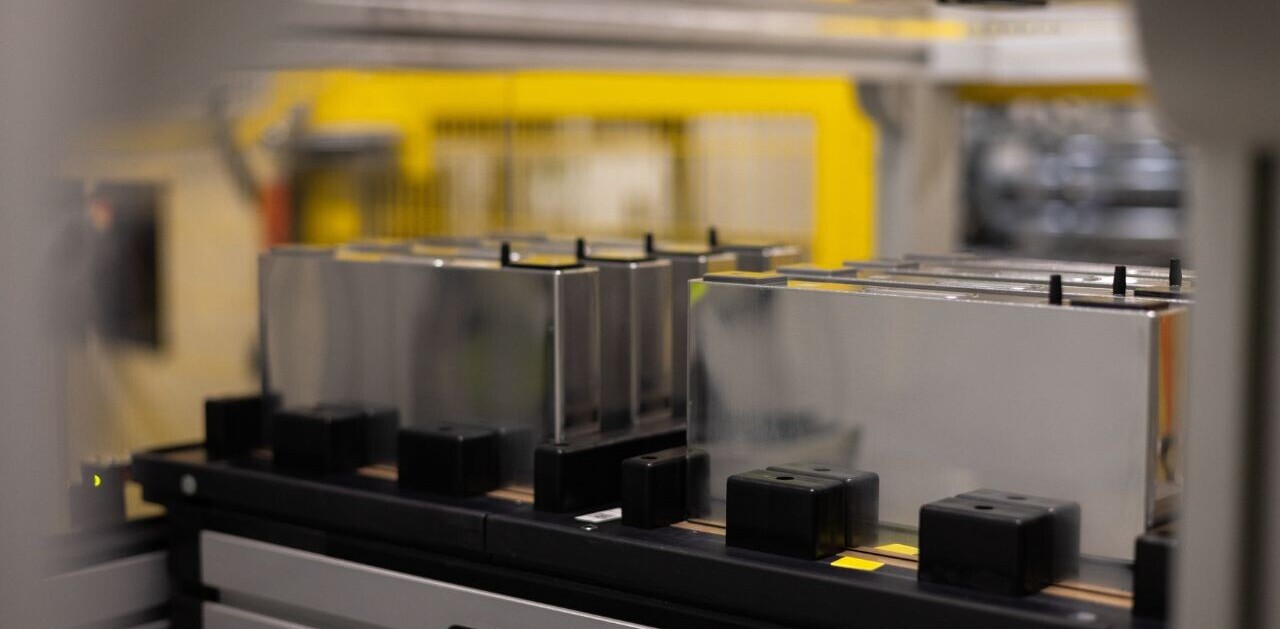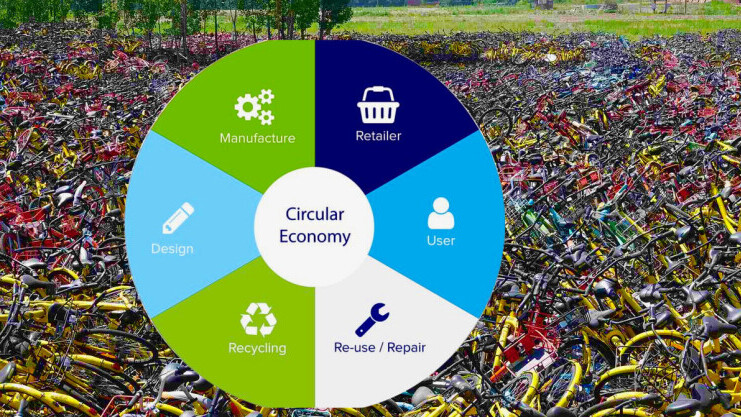
I’m calling it. 2021 was the year of the electric vehicle. I predict, 2022 is the year of circular design.
We recently saw batteries makers Northvolt produce its first lithium-ion battery cell featuring a nickel-manganese-cobalt (NMC) cathode produced with metals recovered through battery waste recycling. This is a big deal.
While this is a huge leap in battery innovation, we’re not entirely there yet. The company aims to produce cells with 50% recycled material by 2030 — that’s a long way off.
What interests me just as much is that other materials from battery recycling — recovered copper, aluminum, and plastics from the batteries and materials — will be recirculated back into manufacturing flows through local third-parties. All in all, this is circular design in action.
So what’s circular design?
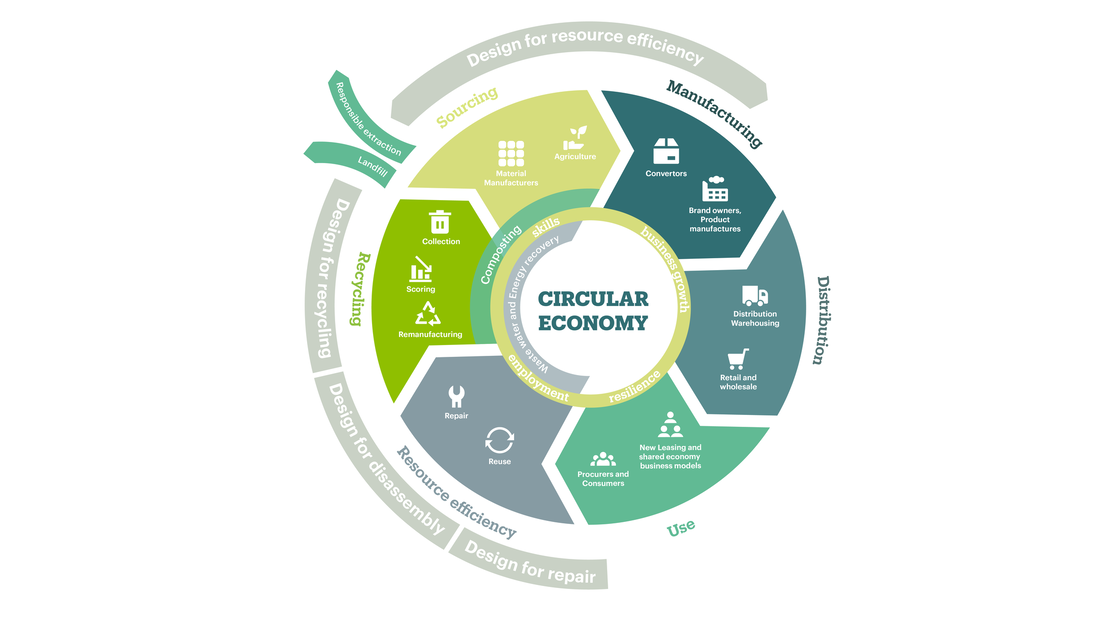
Google “circular design”, and you’ll find lots of fluff about sustainability, using terms like “green-design”, “eco-design”, and “sustainable design”. Are you yawning already?
But it’s critical to a circular economy. Think about IoT. We’ve all seen the problems of e-waste — I’m not the only tech journalist with a graveyard of device obsolescence.
A company goes bust or is acquired. It stops supporting older devices or updating the device’s software. A security problem forces the device out of operation. A lack of right to repair chokes us. Or technology standards evolve faster than the IoT device.
What if this didn’t have to happen? What if materials are designed beyond their original life, both in the sum of all their parts and as modular components primed for a second life beyond their original purpose? This is circular design.
Second life cycle extends battery lifespan to up to 15 years
Buy an EV today, and you’re probably looking at the battery lasting around 10-15 years or 160k in miles. While battery innovation extends the range, there’s loads of use for the batteries beyond the car. While a battery’s first life lasts for between 10-15 years, it still has a capacity of at least 75%. Thus, manufacturers can repurpose for up to another 10 years in applications such as stationary energy storage.
In France, Connected Energy use batteries formerly used to power Renault Kangoo ZE vehicles for industrial applications. They have a combined energy storage capacity of 720 kilowatt-hours and can deliver 1.2 megawatt-hours in power.
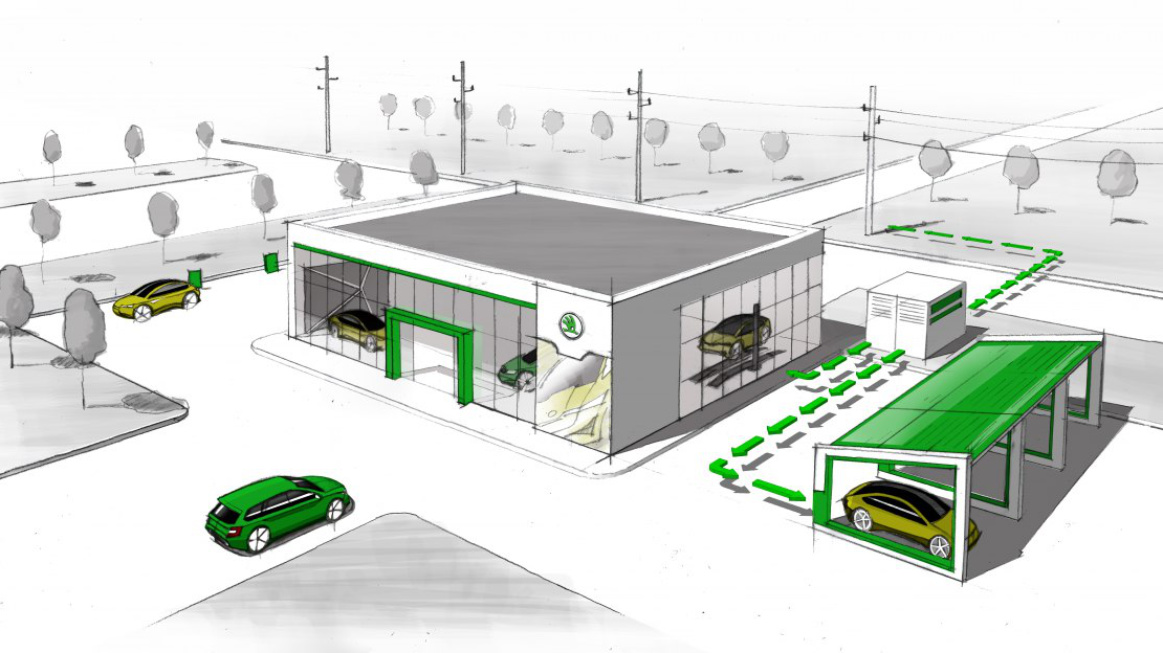
ŠKODA has created a smart energy storage system for dealerships that stores sustainably generated electricity in used batteries. The batteries come from the all-electric SUV ŠKODA ENYAQ iV and the plug-in hybrid models SUPERB iV and OCTAVIA iV. These enable EV charging on site, and dealers also use the stored electricity for the lighting and air-conditioning in their showrooms and workshops.
In Japan, rail operators are replacing batteries in emergency power supplies at railroad crossings with used batteries from Nissan Leafs. Even better, unlike lead-acid batteries, these repurposed lithium-ion batteries come with a control system attached, making it possible to check the battery’s status remotely. This facilitates predictive maintenance, informing rail staff of the battery’s status before its voltage becomes too low.
Very cool.
Circular design is also about creating new business models
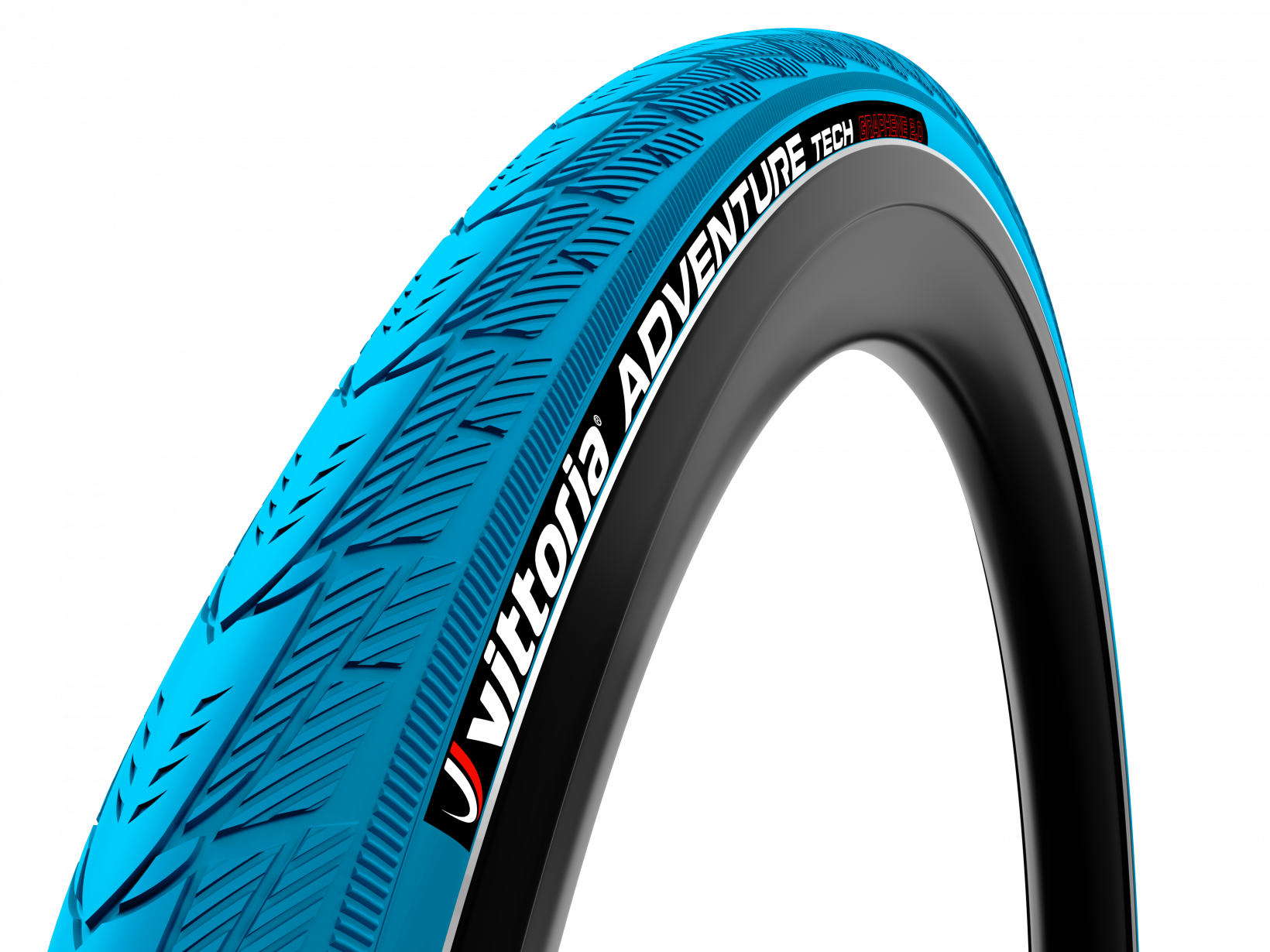
Circular design can also extend to ebikes. In the Netherlands, Swapfiets has subscribed to the Vittoria2GOservice — renting tires instead of buying them — in a key step towards achieving their goal of creating 100% circular bikes.
In the” pay for use” business model, the manufacturer handles the value of a product throughout its lifecycle. The model provides an incentive to design products optimized for durability, ease of maintenance, and repair.
But we can always do better
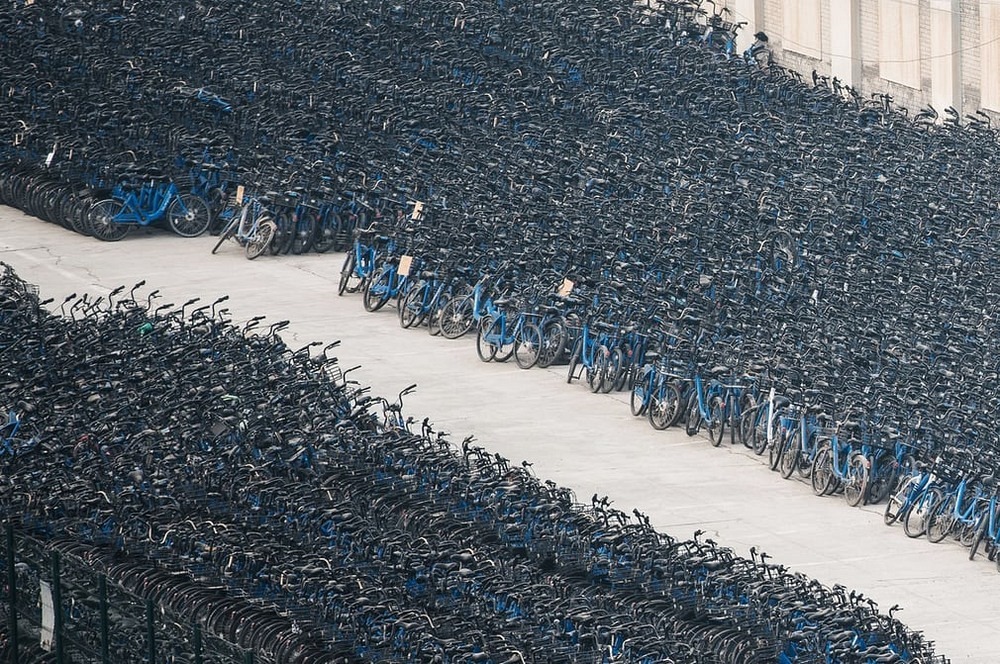
Remember the Chinese bicycle graveyards of the first failed iteration of hire bikes?
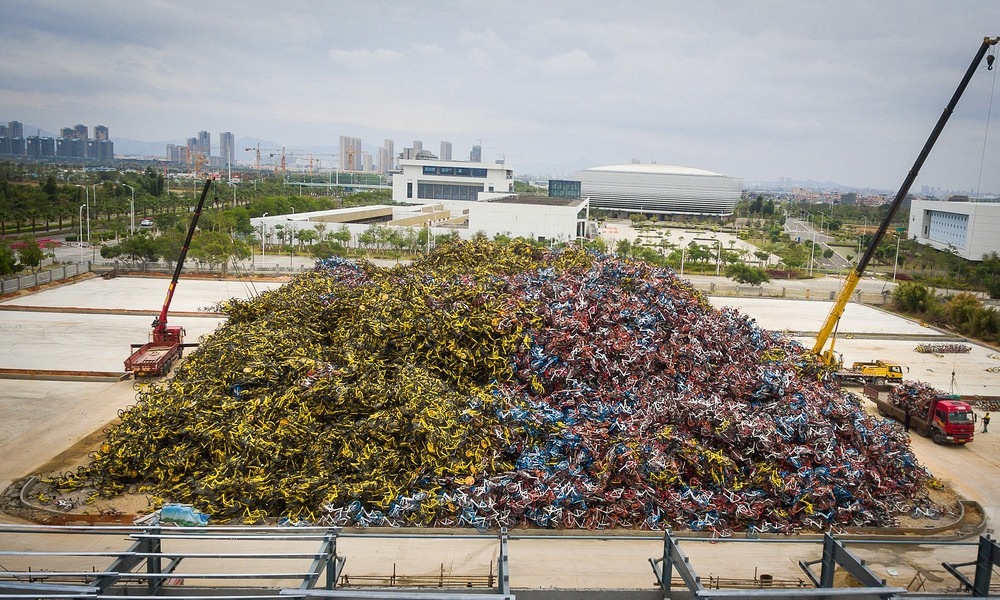
The problem has never actually gone away.
‼️RT to MAKE A CHANGE‼️
Hey @JUMPbyUber, why is this happening? TEN semi loads of good bikes?trashed⁉️ Let’s collaborate on a non-profit to repaint & repurpose these. Give kids transportation to their first jobs??@Casey want to help?? pic.twitter.com/N8Uv82tr1B— Cris Moffitt (@CrisMoffitt) May 22, 2020
When Uber sold JUMP bikes to Lime in 2020, videos of thousands of destroyed bikes emerged. The bikes had their batteries and electronic components removed. But instead of refurbishing the bikes or passing them on to others to do so, the company consigned the bikes to the trash.
What a waste.
While micromobility providers today are attempting to extend the lifespan of ride-sharing bikes and scooters, many embrace modular design where they can easily replace broken parts. But for direct-to-consumer sales, it’s also about community.
Ebike analysts tell me one of the biggest motivations for ebike investors to invest in a brand, is the community around a brand. Ebike startups can help build sustainability into this, helping users extend the life of their bikes, and to swap, exchange and recycle parts.
Circular design is not just about saving the environment. It makes good business sense.
Get the TNW newsletter
Get the most important tech news in your inbox each week.



